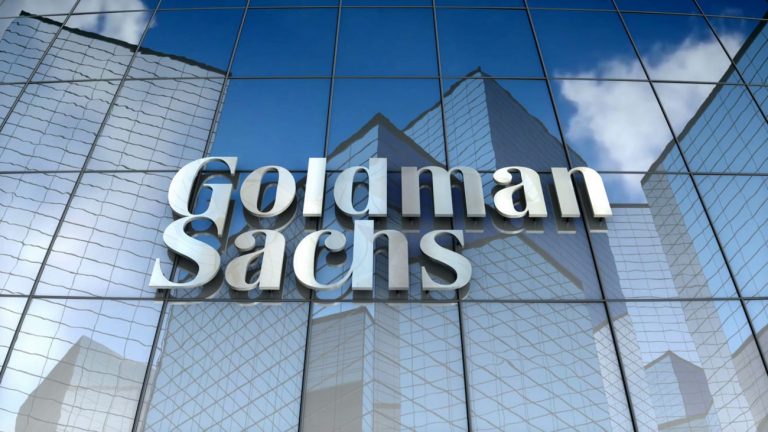
Goldman Sachs recently revised its forecast, now expecting the Federal Reserve’s next interest rate cut in December 2025, a shift from their earlier prediction of July 2025. This adjustment aligns with their updated economic outlook, which includes a raised 2025 GDP growth forecast to 1% and a reduced core PCE inflation peak of 3.6%. They anticipate three 25-basis-point rate cuts across 2025 and 2026, citing factors like tariff-related recession risks and easing financial conditions.
Goldman Sachs’ forecast suggests a cautious Federal Reserve approach, prioritizing inflation control over immediate economic stimulus. Their raised GDP growth forecast (1% for 2025) indicates mild optimism, but the delayed rate cut reflects concerns about persistent inflationary pressures, potentially exacerbated by tariff policies or supply chain disruptions. The reduced core PCE inflation peak (3.6%) implies inflation may moderate but remain above the Fed’s 2% target, necessitating prolonged higher rates to cool demand.
Market Expectations and Financial Conditions
A later rate cut could temper market expectations for rapid monetary easing, potentially leading to tighter financial conditions in the near term. This may increase borrowing costs for businesses and consumers, impacting sectors like housing, autos, and capital-intensive industries. Equity markets, particularly growth stocks, may face headwinds due to higher discount rates, while bond yields could stay elevated, affecting fixed-income investors.
Register for Tekedia Mini-MBA edition 19 (Feb 9 – May 2, 2026): big discounts for early bird.
Tekedia AI in Business Masterclass opens registrations.
Join Tekedia Capital Syndicate and co-invest in great global startups.
Register for Tekedia AI Lab: From Technical Design to Deployment (next edition begins Jan 24 2026).
Goldman Sachs cites tariff-related recession risks as a factor. Delayed rate cuts could amplify these risks if economic growth falters under higher rates, especially in trade-sensitive sectors. However, their forecast of only three 25-basis-point cuts through 2026 suggests a gradual easing to mitigate a hard landing. Higher interest rates for longer could dampen consumer spending and business investment, slowing economic momentum. Households may delay large purchases, and firms may scale back expansion plans, particularly in rate-sensitive industries like real estate and manufacturing.
Goldman Sachs aligns with hawkish economists who prioritize inflation control, expecting the Fed to maintain higher rates to prevent overheating. This view is supported by recent data showing sticky inflation and robust employment, suggesting the economy can withstand elevated rates. Some economists and market participants anticipate earlier cuts (e.g., mid-2025), arguing that inflation is trending downward and growth may weaken faster than expected. They point to softening labor markets and global uncertainties as reasons for earlier easing.
Market pricing, based on Fed futures, often leans toward earlier cuts (e.g., Q2 or Q3 2025) compared to Goldman Sachs’ December 2025 prediction. This discrepancy reflects investor optimism about inflation cooling faster or the Fed reacting to potential growth slowdowns. The divide creates volatility, as markets adjust to hawkish signals from firms like Goldman Sachs or Fed communications.
Tariff policies and fiscal measures (e.g., potential tax cuts or infrastructure spending) could widen the divide. Hawks may argue these policies fuel inflation, justifying delayed cuts, while doves may see them as temporary shocks requiring earlier Fed support. Political pressures, especially in a post-election year, could influence Fed decisions, with some advocating for cuts to boost growth, contrasting Goldman Sachs’ cautious outlook.
Goldman Sachs’ prediction of a December 2025 rate cut signals a prolonged period of higher interest rates, with implications for slower growth, elevated borrowing costs, and increased recession risks. The divide between hawkish forecasts like Goldman Sachs’ and dovish expectations underscores uncertainty about inflation, growth, and policy impacts. Markets will likely remain sensitive to Fed signals, economic data, and geopolitical developments, driving volatility in asset prices and economic planning.


